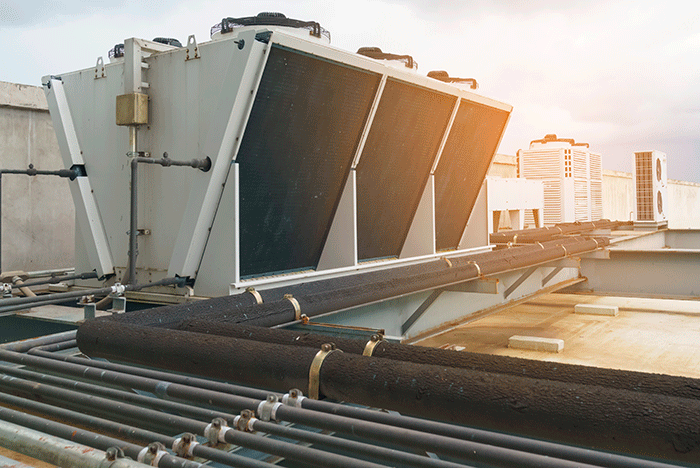HAIs present facility challenges

Image by Shutterstock
U.S. fire departments responded to an estimated average of 1,200 fires per year in hospitals or hospices from 2009 to 2013. These fires caused an average of 40 civilian injuries and $9 million in direct property damage annually. There was an estimated average of less than one death per year during this period.
Building systems such as automatic sprinkler systems, are key components of active fire protection, providing protection from smoke and other byproducts of fire. In the 2012 National Fire Protection Association (NFPA) Report “Major Hospital Fires,” Marty Ahrens noted that from 1980 to 1984, automatic extinguishing systems were present in fewer than half the fires reported by hospitals. The report also detailed that from 2006 to 2010, automatic extinguishing systems were present in four out of five hospital fires, while sprinklers were present in almost two-thirds of these fires.
On average, there was less than one death per year from hospital fires during this time. While there are many correlating reasons for these significant reductions, it clearly can be seen that the significant increase in automatic sprinklers has helped to reduce the loss of life due to fires in hospitals.
While great strides have been made to reduce deaths due to fires in hospitals, the Agency for Healthcare Research and Quality has reported that health care-associated infections (HAIs) are among the most common complications of hospital care.
According to a study by the Centers for Disease Control and Prevention, approximately 1 of every 25 hospitalized patients in the United States experiences an HAI at any time. These infections can lead to morbidity and mortality. Additionally, HAIs are estimated to cost billions of dollars annually.
Facility engineers must become more engaged in this effort if they are to have the same impact on HAIs as they had on fire safety. The accompanying article will give them a grounding on some relevant issues as they move forward.


